The Mattacheese, a branch of the Wampanoag Indigenous tribe, lived on land within the borders of Yarmouth. In the summer months, they resided along the southern shores of Bass River in dwellings known as wetus made from bent cedar poles and covered with a bulrush matting. In the winter, the local tribe moved inland to the woods near Long Pond and Thankful’s Swamp and built wetus using the same bent cedar poles and bark covering. Game and wild birds were plentiful as were shellfish and fish caught in traps and weirs. They hunted along Parker’s Neck to Parker’s River and beyond to Great Island.
Upper Bass River.
Early relations between the European settlers and the Indigenous Peoples were friendly. However, in 1643, hostilities erupted off-Cape and local towns were advised to build a "place of defense" in case of an attack. Although Yarmouth built a fort on Fort Hill, next to the first meetinghouse in what is now the middle of the Ancient Cemetery, no records of any unfriendly interactions exist.
In 1713, during the Third Division of Common Lands, 160 acres of land were designated for the sole use of the Yarmouth Indigenous Peoples in an agreement drawn up by the Yarmouth Town proprietors. The borders of the Indian Reservation ran between Long Pond and Bass River, Station Avenue on the north, and Pond and Crosby Streets on the south.
A map by Bob Kelley showing the former reservation in South Yarmouth and the old meetinghouse next to Swan Pond.
The committee voted … it “shall have the power to lay out a certain tract as they shall see fit and convenient for the Indians to live upon and for planting and firewood. They would have no power to sell or dispose of said lands or timber, wood of fencing, stuff that grows there on or receive any other town’s Indians or any other persons whatsoever, either English or Indians.”
In 1753, Quaker John Killey moved a structure called the “Crooked House” from James Pond to 188 Old Main Street, southerly of land which had been set aside by the proprietors as part of the Indian Reservation. In the mid-1770s, there was a smallpox epidemic in Yarmouth, and John Killey became afflicted. His wife, Elizabeth (Pollard), who had previously survived smallpox, turned their parlor into an infirmary to care for the smallpox-afflicted Indigenous Peoples, as did Quakers Silas & Rachel Baker, who lived south of the Killeys. The chief of the reservation, known as Deacon Nauhaught, also became sick from smallpox; five members of the tribe survived and eleven died. By 1763, most of the remaining tribe had died from smallpox.
The "crooked house" which burned down in 1986.
The Reverend Timothy Alden of Yarmouth wrote in 1798 that in the memory of some Yarmouth residents, when the reservation was created there were almost as many Indigenous Peoples as there were white people. Alden also stated that as late as 1779 there was in ‘Indian Town,’ a small cluster of wetus about one mile from the mouth of Bass River in the southeastern part of the town, that were inhabited by the remaining Mattacheese tribe.
Wetus.
In records from the town of Yarmouth, a vote was taken concerning the cost of caring for the remaining members of the tribe afflicted with smallpox. It was decided that expenses would be paid out of the town treasury and the land they had formerly occupied would be sold or leased. In 1779, there was also a vote to empower the selectmen to sell the land and reserve one piece for Thomas Greenough, a member of the Mattacheese who had survived the smallpox epidemic.
Meadowbrook conservation area, the site of the former meetinghouse.
In 1797, only one wetu was left standing which was located on the old Owl Club property and occupied by an African American named Judah Cato and his wife Lucy, a local Indigenous woman. A little southwest of “Indian Town” once stood an ancient English-style meetinghouse (see map above) next to a fresh water spring which fed into Swan Pond. The meetinghouse was sold to the highest bidder in 1765. Today, there is an acre of conservation land where it once stood at the end of Meadowbrook Road.
Some of the Indigenous Peoples of South Yarmouth were first buried on reservation land later owned by Isaiah Crowell. When George Wing bought the land to manufacture salt, it so grieved Judah Cato and his wife Lucy, who were inhabitants of that area, that they had the bodies disinterred and buried at Gifford and Baker’s swamp, adjoining Long Pond. It became the last resting place of the members of the Mattacheese tribe that once had possession of all these lands.
The Indian Memorial with Stephen and Henry A. Wing.
Daniel Wing was instrumental in memorializing the first native inhabitants in South Yarmouth by purchasing the strip of land on the eastern slope of Long Pond where a cairn of boulders was erected on the border of Gifford and Baker’s swamp. He and Dr. Azariah Eldridge had this inscription carved: “On this slope lie buried the last native Indians of Yarmouth.” The crumbling cairn was rebuilt in 2019 and may be seen today on Indian Memorial Drive.
Researched and written by Robert D. Kelley
(cover photo: Wampanoag and Narragansett group in dance clothes attending the Mashpee Pow-Wow in 1929)
Want to learn more? Join us for any of three upcoming walks this fall. Click the image below to go to our events page where you’ll learn more and can reserve tickets.








